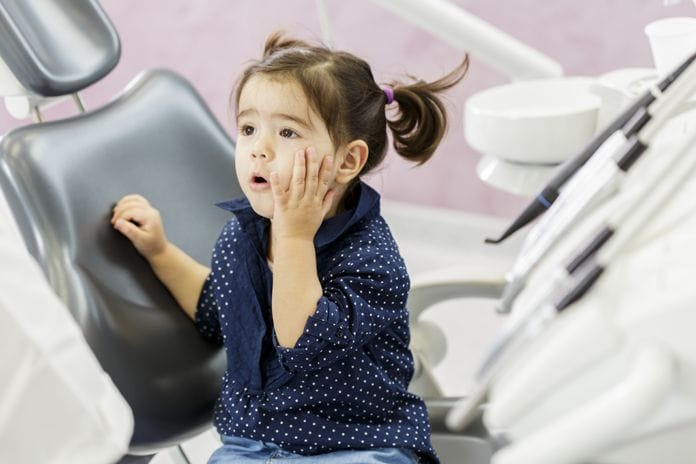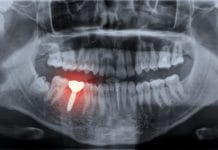Early childhood dental caries is a particularly harsh form of tooth decay, as it can cause severe damage to teeth. Treatment is often challenging, and more-invasive modalities such as surgery are sometimes necessary to achieve a resolution; in fact, surgery for caries is one of the most common day surgery procedures performed in children under five years of age for any reason.
That is why treatment breakthroughs for this pervasive, serious problem are of immense importance to patients and their families, and for dental professionals, as well. Below is more information on the nature of early childhood dental caries and how a promising chemotherapeutic regimen may provide a breakthrough treatment option for those who suffer from the disease.
The Nature of Early Childhood Dental Caries
The fundamental pathogen associated with dental caries in patients of all ages is Streptococcus mutans, young children inclusive. However, a second, fungal pathogen has been implicated in early childhood dental caries–Candida albicans. This yeast is more commonly associated with a variety of other infectious diseases, but recent research shows that C. albicans frequently pairs with S. mutans to create a treatment-resistant form of tooth decay in children.
In the paired form of early childhood dental caries, a sticky biofilm, which is a “brew” of bacterial enzymes, sugar and C. albicans, coats the teeth and creates a safe haven for S. mutans and C. albicans to initiate and continue the decay process. This synergistic relationship between bacteria and fungi is difficult to break with conventional, non-surgical treatment methods.
A New, Two-Pronged Treatment Approach
To combat this complex form of dental caries, researchers at the University of Pennsylvania School of Dental Medicine and Tel Aviv University utilized a two-pronged anti-microbial approach. Instead of attempting to use a single agent to eradicate the disease, researchers paired antibacterial and antifungal drugs to form a multilevel treatment regimen.
Povidone iodine and fluconazole were ultimately chosen as the agents for the experimental treatment. Povidone iodine is bactericidal and has a strong antiseptic action, while fluconazole is a powerful antifungal medication. Both agents were administered to lab cultures as well as animal subjects to determine their effectiveness in treating dental caries within a biofilm matrix.
Researchers discovered that while neither povidone iodine nor fluconazole was able to treat dental caries independently, the combination of the two agents was highly effective. It was shown that the povidone iodine disrupted the biofilm, which in turn permitted the fluconazole to penetrate the barrier and exert antifungal action against embedded C albicans.
Interestingly, while povidone iodine is antibacterial in nature, researchers also hypothesized that the agent demonstrates a dramatically heightened response when exposed to the enzymes produced by S. mutans. Radioactive tracking of fluconazole molecules helped confirm this hypothesis, and researchers utilized this discovery to their advantage by breaching the obstructive biofilm.
The Next Steps
While this discovery has important implications for the treatment of early childhood dental caries, there is still a significant amount of work to be performed before practical applications can be derived. For example, while povidone iodine is able to free up fluconazole that would otherwise be trapped within the biofilm, fungal organisms are still able to adapt and resist treatment.
In addition, to make the paired treatment more viable, researchers are exploring means of delivering the dual agents within a nanotechnology framework. This would enable the povidone iodine and fluconazole to reach their targets with more precision by providing a controlled delivery of the agents.
Regardless of future developments, the use of povidone iodine and fluconazole represents a breakthrough in treating early childhood dental caries; the anticipated consequence is that primary teeth are much more likely to be preserved for the remainder of their intended lifespan.
SEE ALSO: Fluoride Varnish Shown to Prevent Dental Caries in Young Children
DON’T MISS: Cannabis Legalization Changes How Dental Practices Should Operate











